#anemonefish
Text

Name: Yung Sen Wu
Picture title: Hide
Nationality: Chinese
Occupation: Photographer
Instagram: ace_wu_underwater_photography
3K notes
·
View notes
Text
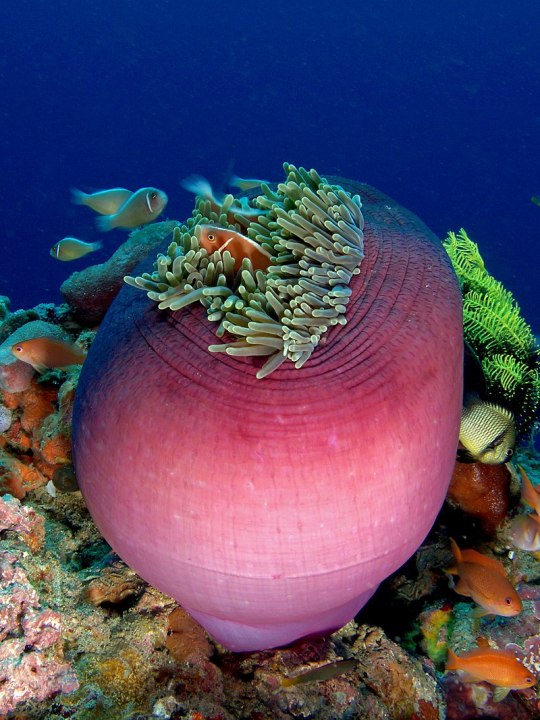
Magnificent Anemone (Heteractis magnifica), family Stichodactylidae, East Timor
with Pink Anemonefish (Amphiprion perideraion), family Pomacentridae
photograph by Nick Hobgood
#anemone#cnidaria#animals#nature#ocean#heteractis#stichodactylidae#asia#fish#anemonefish#amphiprion#ichthyology#pomacentridae
433 notes
·
View notes
Text
Daily fish fact #726
Ocellaris clownfish!

These fish live in a hierarchy system with a single breeding pair and several nonbreeding males. These male juveniles are theorised to hang around the breeding pair for the chance of one day moving high enough on the hierarchy to gain reproductive rights themselves. The biggest and most dominant fish at the top of the hierarchy is a female, who herself is “born” when the biggest male changes sex.
#fish#fish facts#fishfact#fishblr#marine biology#marine animals#marine life#sea creatures#sea animals#sea life#biology#zoology#clownfish#anemonefish#ocellaris clownfish#false clownfish#ocellaris anemonefish#clown anemonefish
101 notes
·
View notes
Text

Clownfish in a sea anemone
By: Graham Pizzey
From: The Fascinating Secrets of Oceans & Islands
1972
#anemonefish#bony fish#fish#sea anemone#cnidarian#invertebrate#1972#1970s#Graham Pizzey#The Fascinating Secrets of Oceans & Islands
73 notes
·
View notes
Text

Pink anemonefish (Amphiprion perideraion) in closed anemone -
Photo by Juergen Freund
#Amphiprion perideraion#Amphiprion#anemonefish#pink anemonefish#fish#anemone#orange#orange anemone#sea anemone#ocean#sea#marine#marine life#marine animals#wildlife#animals#nature
18 notes
·
View notes
Photo

Pink anemonefish (Amphiprion perideraion) in Magnificent sea anemone (Heteractis magnifica), on a coral reef in the Indian Ocean
photograph by Nick Hobgood | Wikipedia CC
#anomone#clownfish#anemonefish#fish#symbiosis#nature#ocean#animals#marine biology#cnidaria#coral reef
59 notes
·
View notes
Photo
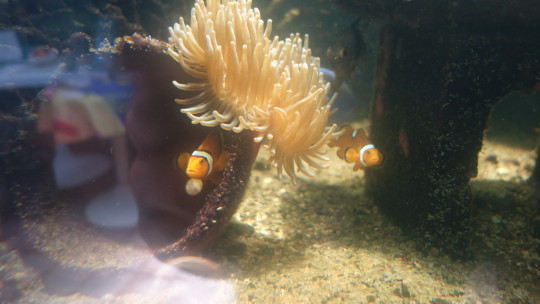


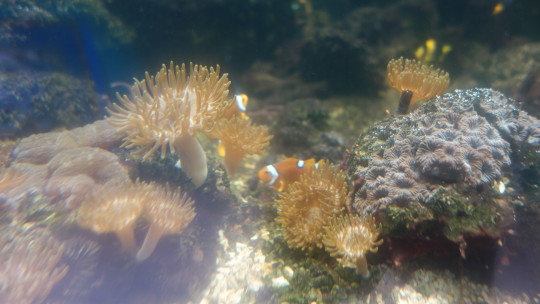
Percula and Ocellaris clownfishes at the Aquasearch Aquarium on Magnetic Island, QLD, Australia
8 notes
·
View notes
Text
A Family of Clark's Anemonefish in Fiji
A Family of Clark's #Anemonefish in Fiji.
#scuba #diving #nature #fiji #wildlife #sealife #coral #reef
Today the sea is flat, and the sun is shining. The dive boats are loaded with tanks and scuba gear. We head towards a new dive site about 45 minutes from the resort.
One by one, buddy teams descend along a sloping sea wall in the Koro Sea.
I see a family of Clark’s Anemonefish, and I can’t resist stopping and observing them swim in and around the Anemone.
Clark’s Anemonefish
More underwater…
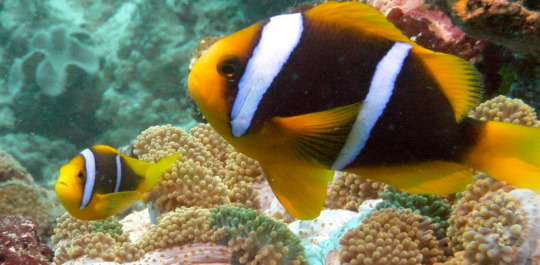
View On WordPress
7 notes
·
View notes
Photo

「 Dream SMP Daemon AU 」
Ψ AWESAMDUDE + AMINA (ALLARD’S ANEMONEFISH) Ψ
Allard’s anemonefish, also called the two-banded clown, are a hardy, bold species of clownfish, which tends to roam further from their anemone than many clownfish do. They often attack other fish that get close to their anemone, fiercely defending their home and eggs from predators. They will also lure fish to their anemone in order to feed the anemone, as these fish are not immune to the anemone’s stings like the anemonefish.
While the Allard’s anemonefish may roam further from their anemone than most species of clownfish, they still crave familiarity and their comfort zone at the end of the day, as they stay with the same anemone for life and depend on it entirely for their survival. If a smaller, weaker, more passive fish joins their anemone after them, they may bully them, though they will deign to coexist with other semi-aggressive fish.
All clownfish are hierarchical, territorial, and competitive to some degree, and have strict dominance hierarchies in their anemones. They usually live with a partner or small group in their anemones, but they can be quite aggressive towards anemonefish of different species. The non-breeding clownfish in an anemone do not help the breeding pair tend to their eggs, as they are always looking for opportunities to oust the main breeding pair and take over the anemone themselves. The main breeding pair, however, works tirelessly to tend to their eggs until they hatch, fanning them to make sure they get the right amount of oxygen and eating bad eggs to make sure they don’t infect other healthy eggs. These clownfish are also monogamous, pairing for life.
Sam is dependable, diligent, and protective. Ami is ambitious, obsessive, and possessive.
~
NAME MEANING
”Amina” is the feminine form of Arabic Amin, meaning "honest, trustworthy," and it's also a Hebrew name meaning "faithful, trusted."
~
SOURCES
https://daemonpage.com/forum/viewtopic.php?f=4&t=23748
https://daemonpage.com/forum/viewtopic.php?f=4&t=23411
#Dream SMP#dsmp#dsmp au#Dream SMP daemon au#dsmp sam#dsmp awesamdude#c!sam#c!awesamdude#dsmp character analysis#anemonefish#dsmp moodboard#XI Writes#c!Sam has been THE most difficult character to type thus far idk how he manages to be such a headache even in this AU >.<#but i kept gravitating toward the anemonefish and well i think it suits him#he keeps her in a tank and takes her everywhere with him#they talk to each other a lot to connect through their voices and Sam will often dip his fingers into the water#so Ami can swim through his fingers#he also has a full extensive tank system in his house so she can go wherever she pleases while they're at home#There's also the added symbolism of all the members of c!prison trio having daemons that live in the water (S+Q) or extreme cold (Dream)#signifying how much of an inhospitable and damaging environment it was for all of their souls#how being there every day was destroying all of them bit by bit even though it might not have always been obvious
10 notes
·
View notes
Text
autism creature in the real
#who up? love u#fishposting#fishblr#clownfish#wet beast wednesday#anemonefish#once again here is the cool Pearl eye clown fish :)#this is the best video of a clownfish cuddling its anemone I’ve Ever gotten. it’s too cute
2 notes
·
View notes
Photo
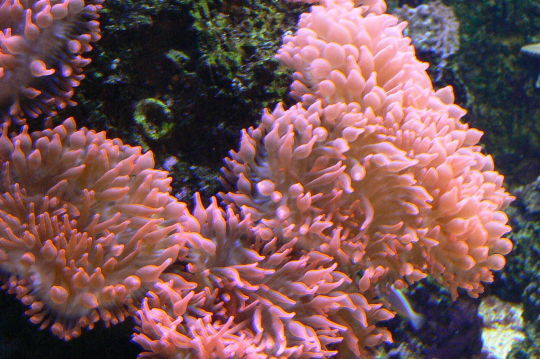
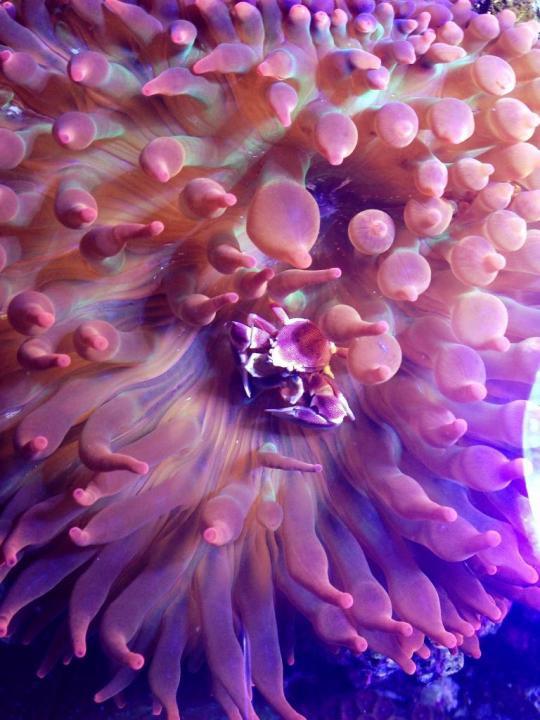


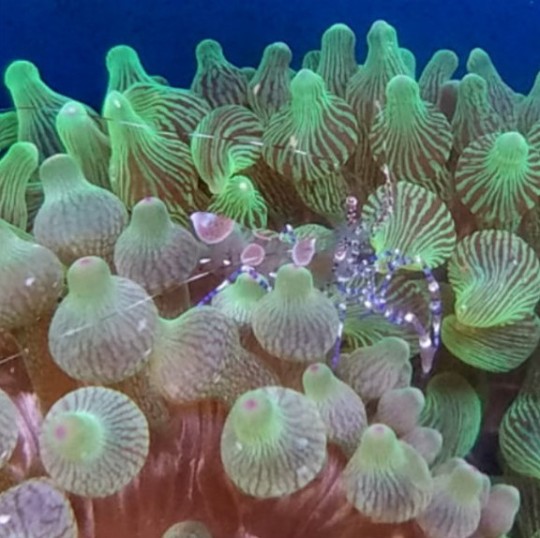


The Bubble-tip anemone (Entacmaea quadricolor) is a species of sea anemone in the family Actiniidae which is native to the tropical waters of the Indian and Pacific Oceans being found in particular abundance in the Red Sea. In the wild, E. quadricolor are found in two locations. Large adult specimens, with tentacles that are more streaming or stringy, are often found in deeper waters with more dimly lit conditions. These specimens are often solitary, while smaller, younger specimens are often located in groups or colonies nearer to the surface, in bright sunlight. These specimens tend to show the bulbous tips on their tentacles that are characteristic of E. quadricolor. A characteristic of E. quadricolor is its ability to maintain a symbiotic relationship with anemonefish, anemone shrimp, porcelain crabs, and domino damsels which can be "hosted" by the anemone by providing it with defence against predators and also providing some nourishment. In turn, the anemone provides the fish/ crustacean with shelter. These anemones get the majority of there energy from from solar radiation via its symbiotic zooxanthellae, and can also obtain nutrients by filter feeding using its sweeping tentacles, or through wastes and debris cleaned from the surface of its partner fish/ crustacean. E. quadricolor anemones appear in a variety of colors including rose, orange, red, and green. This sea anemone can grow to be up to nearly a foot in diameter. There breeding season lasts from January to april during such time they broad cast spawn, with each anemone releasing its gametes into the water column to join with others and form free-swimming planula larvae which remain in the open water for up to 59 days before settling down on the sea floor to grow into there adult form. They can also reproduce asexually using longitudinal fission. Under ideal conditions a bubble tip anemone may live several hundred years.
#bubble tip anemone#bubble tipped anemone#clownfish#clown#fish#shrimp#crab#rose#orange#blaze#green#porcelain#porcelain crab#anemonefish#anemone shrimp#maroon#tomato#tomato clownfish#maroon clownfish#ocean#pleistocene#pleistocene pride#holocene#pliestocene#pliestocene pride#reef
3 notes
·
View notes
Text

[香港生態 A-Z] [Hong Kong Wildlife A-Z]
——
[A]
𝘈𝘮𝘱𝘩𝘪𝘱𝘳𝘪𝘰𝘯 𝘤𝘭𝘢𝘳𝘬𝘪𝘪
Clark’s Anemonefish
克氏雙鋸魚
——
第一隻動物竟然是「Nemo」? 我學潛水之前以為小丑魚需要去到外國既海入面才會見到,但原來香港的大海入面都有牠們的蹤影!但牠們跟「Nemo」並不是一樣的!而且牠們也沒有想像中那麼可愛,牠們會游過來咬潛水員!
The first animal I chose is "Nemo"? Before I learned scuba diving, I thought I had to dive in a foreign sea to see clownfish, but it turns out they can be found in the waters of Hong Kong too! However, they are not the same species as "Nemo"! And they are not as cute as I imagined because they would swim over and bite divers!
#clown fish#anemonefish#finding nemo#hongkong#animals#wildlife#animal illustration#vector#vector art#digital illustration#illustration
6 notes
·
View notes
Text

Magnificent Anemone (Heteractis magnifica), family Stichodactylidae, Maldives
with Blackfoot Anemonefish (Amphiprion nigripes), family Pomacentridae
photograph by Andrew ( Harry ) Harrison
#anemone#cnidaria#ocean#heteractis#stichodactylidae#animals#nature#asia#anemonefish#fish#amphiprion#pomacentridae#ichthyology
111 notes
·
View notes
Text
Daily fish fact #523
Clownfish!
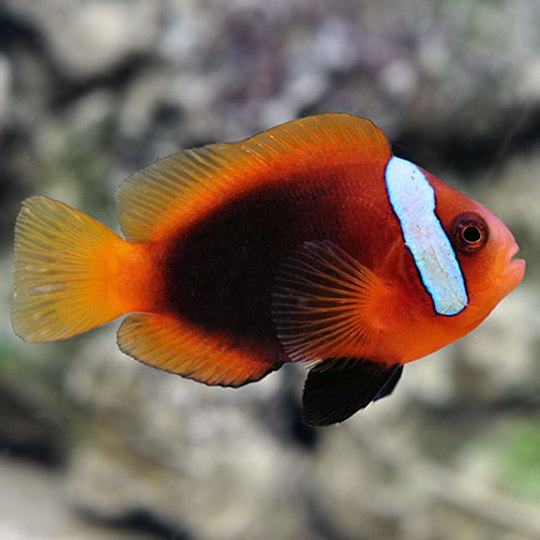
They form colonies consisting of one reproductive pair and several non-reproductive juvenile males!
#fish#fish facts#fishfact#fishblr#marine biology#marine life#marine animals#sea creatures#sea life#sea animals#biology#zoology#clownfish#anemonefish#the fish here is a cinnamon clownfish!
138 notes
·
View notes
Text

Clownfish
By: Unknown photographer
From: Disney’s Wonderful World of Knowledge
1971
80 notes
·
View notes
Video
youtube
Clark's Anemonefish playing around at Koh Bon
0 notes